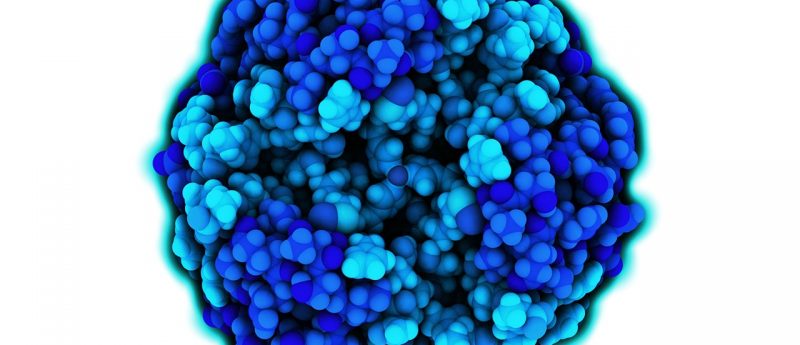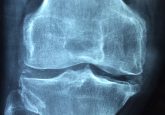New sensor offers better detection of tissue damaging biomarker

The oxidant hypochlorous acid (HOCl) is among the reactive molecules dispatched by our immune system to attack invading pathogens or potentially harmful irritants. HOCl can also cause or exacerbate conditions involving tissue damage such as lung and liver disease, heart attacks, atherosclerosis and neurodegenerative disorder.
The biomarker is, however, difficult to detect and characterize. Techniques such as photoluminescence have not provided the level of sensitivity and accuracy needed for diagnostics and medical research.
“This has been a huge challenge due to hypochlorous acid’s high reactivity with biological molecules and the presence of various antioxidants such as glutathione and cysteine in cells,” says Yonglei Wang, a researcher at KTH Royal Institute of Technology in Stockholm (Sweden).
He and Run Zhang argue that a new iridium (III) complex-based chemosensor which they have developed is the most powerful tool yet for in situ probing of HOCl in living cells. The researchers stated that when tested in zebrafish and mice the probe is able to detect HOCl and its derivatives with high sensitivity and selectivity in living cells and models of liver injury.
The newly developed chemosensor is made up of three parts: a ferrocene (Fc) coolant, an iridium (III) complex and an HOCl-responsive hydrazine linker. The Ir-Fc probe has several advantages over other molecular luminescence probes, such as high photo stability allowing real-time monitoring of target molecules. It also has the benefit of providing long luminescence lifetime allowing mapping of HOCl in vivo, without interference from background noise.
The chemosensor, Wang stated, provides “remarkably enhanced” luminescence, with the intensity of light emission increasing with the concentration of HOCl.
“HOCl is associated with various inflammatory diseases, and even cancers,” he says. “This offers a powerful tool to interrogate the mechanism of HOCl production and action in those diseases, potentially benefiting future biomedical research and clinical diagnosis of HOCl-associated diseases.”
Source: Zhang F, Lian X, Zhang W et al. A unique iridium(III) complex-based chemosensor for multi-signal detection and multi-channel imaging of hypochlorous acid in liver injury. Biosensors and Bioelectronics, http://dx.doi.org/10.1016/j.bios.2016.09.067 (2017); http://www.kth.se/en/aktuellt/nyheter/probe-offers-more-accurate-detection-of-biomarker-for-cancer-and-other-diseases-1.693229;






